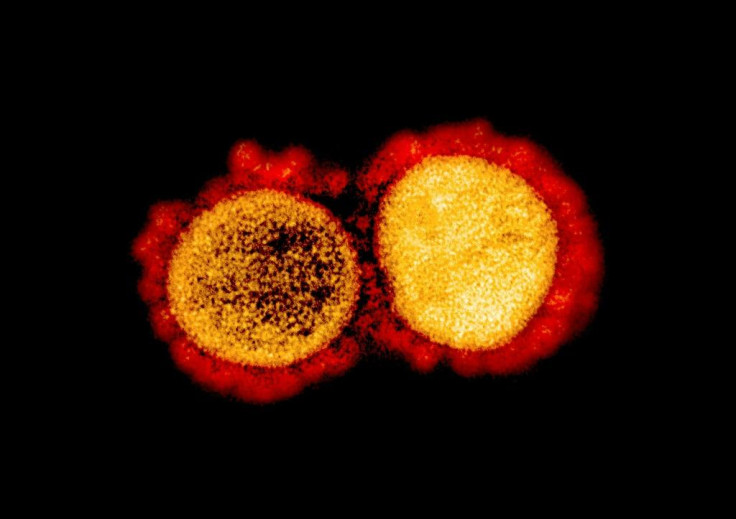UK doctors asked to look for signs of camel flu as World Cup fans return to England
MERS, also known as Middle Eastern respiratory virus syndrome, was first discovered in 2012
The authorities have put UK medical staff on alert for signs of the deadly camel flu as people return from Qatar after watching the FIFA World Cup.
The UK Health Security Agency (HSA) has urged doctors to look out for any symptoms related to the deadly camel flu, also called Middle Eastern Respiratory Syndrome (MERS).
MERS, also known as Middle Eastern respiratory virus syndrome, was first discovered in 2012. It is passed to humans from animals such as camels.
Though not as infectious as flu, measles, or other illnesses, it has a high mortality rate, and there is no known vaccine or cure. However, it is far deadlier than Covid-19. More than a third of people who catch it die, compared to less than 4% of Covid sufferers.
As many as 2,600 cases of MERS have been reported in 12 Eastern Mediterranean and Middle Eastern countries since 2012.
In a note, the UKHSA warned: "Clinicians and public health teams should specifically be alert to the possibility of MERS in returning travellers from the World Cup."
"The risk of infection to UK residents is very low but may be higher in those with exposure to specific risk factors within the region – such as to camels," it added. The note was issued to directors of public health and directors of infection prevention and control across the NHS, per a report in The Sun.
The virus can be contracted from close contact with camels or from consuming camel products such as unpasteurised camel milk.
Qatar reported two cases of the virus this year. Both individuals were exposed to camels. The majority of MERS cases have been reported from the Kingdom of Saudi Arabia since 2012.
Recently, the World Health Organisation (WHO) named it as one of the viruses that have the potential to start a pandemic. Its symptoms include fever, cough and shortness of breath.
"The virus appears to cause more severe disease in older people, persons with weakened immune systems and those with comorbidities or chronic diseases such as renal disease, cancer, chronic lung disease, and diabetes," per the WHO.

© Copyright IBTimes 2025. All rights reserved.





















